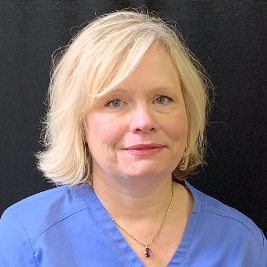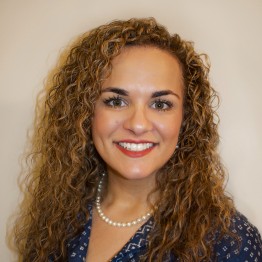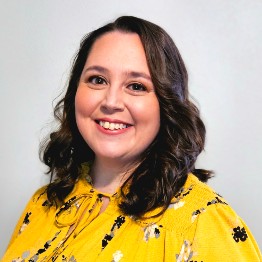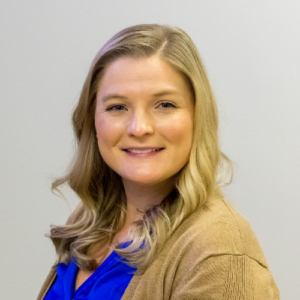Have you ever woken up in the morning after a seemingly good night of sleep only to be overly tired during the day with no underlying cause? Do you snore loudly or awaken during the night, choking or gasping? While these symptoms can always have other root causes, you may suffer from sleep apnea, which impacts breathing during sleep. According to statistics, 1 out of 15 Americans have the condition, which equates to around 18 million people. Often, sleep apnea goes undiagnosed, which can create problems as it is a progressive illness and needs treatment.
If you wonder if you may be suffering from sleep apnea or have symptoms such as those mentioned above, along with morning headaches, tiredness during the day, and hypertension, it may be time to consult with Innova Primary Care. Read on for more information about sleep apnea and available treatment options.

What is Sleep Apnea?
There are two main types of sleep apnea: Obstructive sleep apnea (OSA) and Central sleep apnea (CSA). Treatment-emergent sleep apnea, or mixed, can occur when treatment for OSA becomes a case of CSA. While the prevalence of this type of sleep apnea is low, it is still something those on treatment for OSA should look out for.
Obstructive Sleep Apnea (OSA)
OSA occurs due to the relaxation of the throat muscles during sleep, which blocks airflow from the lungs. Essentially, breath is inhibited due to a blockage of the windpipe. This form of sleep apnea can range from mild to severe and can impact anyone, including children; when airflow is blood, oxygen drops, causing your brain to signal to your body to wake up and breathe again, causing disruptions in sleep.
There can be many reasons why OSA develops. Body mechanics, sleep position, and obesity are often causes. This type of sleep apnea occurs more commonly in men before age 50, but after this age, the rates of OSA are similar between men and women.
Risk factors for OSA include excessive weight, family history, the use of alcohol or medications that have a sedative effect, smoking, age, gender, large neck circumference, certain medical conditions such as type 2 diabetes and congestive heart failure, and even nasal congestion.
Central Sleep Apnea (CSA)
Central sleep apnea occurs because the brain fails to signal to the muscles responsible for breathing and differs from OSA. During sleep, the lack of communication between the brain and body causes you to not breathe for several moments at a time.
CSA is less prevalent than OSA but still just as complex and detrimental. The risk factors are also different for this form of sleep apnea. For example, hypoxia due to high altitude can trigger CSA. Other risk factors include heart failure due to nervous system damage, including damage to the spinal cord or brain stem, the part of the brain that assists with managing breathing. Those who have suffered a stroke or have other heart issues are more susceptible to developing CSA, along with anyone who uses narcotics to manage pain. Again, age also plays a factor along with being male.
Diagnosis of sleep apnea
We’ve all woken from a night of rest feeling tired, and most of us might even snore occasionally; none of these things means you have sleep apnea. However, if you continually wake in the middle of the night gasping for breath or are always tired during the day, it may be time to seek medical advice and get to the root cause.
There are several ways to test for sleep apnea, with a sleep study being the gold standard.
You may be asked to perform an at-home sleep study utilizing specialized equipment to monitor your sleep and breathing patterns at home. These tests are for those who are not considered high-risk patients. At-home sleep studies do not extend to those with underlying health conditions like pulmonary conditions, heart failure, or any neuromuscular disorders.
You may need to keep a sleep diary. In this instance, you record your sleep and wake times, the number of times you awaken during the night, and any symptoms you might experience. If sleep apnea is possible, you will move on to a more in-depth study.
A polysomnogram, also known as a sleep study, is a test that can assist physicians in determining a sleep disorder. These tests generally occur in a sleep center or a hospital and involve monitoring while the patient is asleep. These studies can also help determine the best treatment option for you.
Additionally, for those with OSA, a drug-induced sleep endoscopy or DISE is another option. While under sedation, the patient is given an endoscopy, which allows healthcare providers to see exactly where a sleep obstruction occurs and can provide treatment options based on the findings.

Treatment options for sleep apnea
There are several options for treating sleep apnea, ranging from non-invasive devices to surgery and addressing any underlying conditions contributing to apnea. With such a wide array of treatment options available, you must receive a proper diagnosis so your sleep specialist can determine your best course of action.
Non-surgical treatment options
Continuous positive airway pressure CPAP is the first line of defense against the OSA type. This machine covers the mouth and nose and continuously blows air into the airway, keeping any obstruction at bay during the night. The rate at which the air is thrust into the airways is determined by a physician. While this machine is considered the gold standard, some cannot tolerate it, which brings us to our next option.
The BiPAP, or bilevel positive airway pressure, machine sits like the CPAP but alternates pressure with inhales and exhales. For those who need something different, an APAP, an auto-adjusting positive airway pressure machine, might do the trick. This machine automatically adjusts air pressure using sensors and may be more comfortable than the other two alternatives.
Adaptive servo-ventilation, or ASV, is a treatment option for those with CSA. The sleeper utilizes a mask that acts in real-time, responding to signals from the brain.
Yet another option is the expiratory positive airway pressure, EPAP, treatment. This device sits inside the nostrils and is newer technology most often used for OSA.
Oral appliances to help treat sleep apnea
Machines can assist, but for some, wearing an oral device to treat apnea is the best course of action. Mandibular advanced splints, custom dental devices, can help keep the lower jaw and tongue forward, preventing obstruction for those with OSA. There are also devices that keep the tongue positioned in such a way as to control the flow of air while at rest.
Surgical intervention for sleep apnea
While non-surgical assistance is helpful for many, sometimes surgery is the only course of action to assist with sleep apnea. There are multiple options here, depending on your specific case. Some include nasal surgery, tongue surgery, jaw repositioning surgery, and nerve stimulation, specifically for those with CSA.
Lifestyle interventions to assist with apnea
While some cases of sleep apnea will require medical intervention, there are things you can do right now to assist with your new diagnosis. Receiving a proper diagnosis for any underlying conditions attributed to your sleep apnea will help you know what you are dealing with. Weight loss for those who are overweight can help tremendously. Adjusting your sleep position can help along with limiting alcohol and quitting smoking. If you rely on narcotics for pain management, speak with your physician to learn other ways to control your pain, such as physical therapy and lowering your dosage. You can even do tongue exercises to help reduce symptoms. Changing your sleeping position can also help if you are a back sleeper.
Get the help you need and deserve
Sleep apnea is a progressive disorder that is treatable. If you long for the rest you need, discovering whether or not you have sleep apnea is a great first step. As always, Innova Primary Care is here to help you every step of the way. Please reach out to us for more information. We want to see you well and rested!



 About
About

 About
About About
About About
About
 About
About About
About

 About
About About
About About
About About
About











